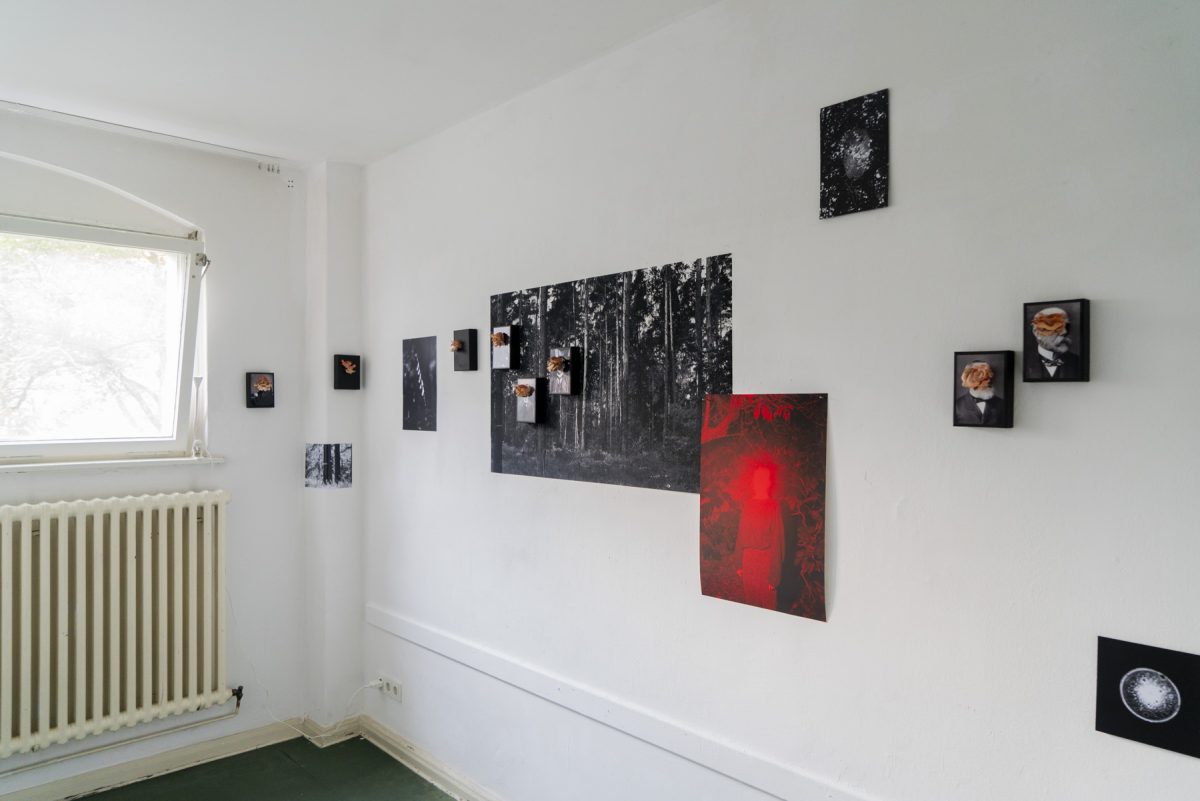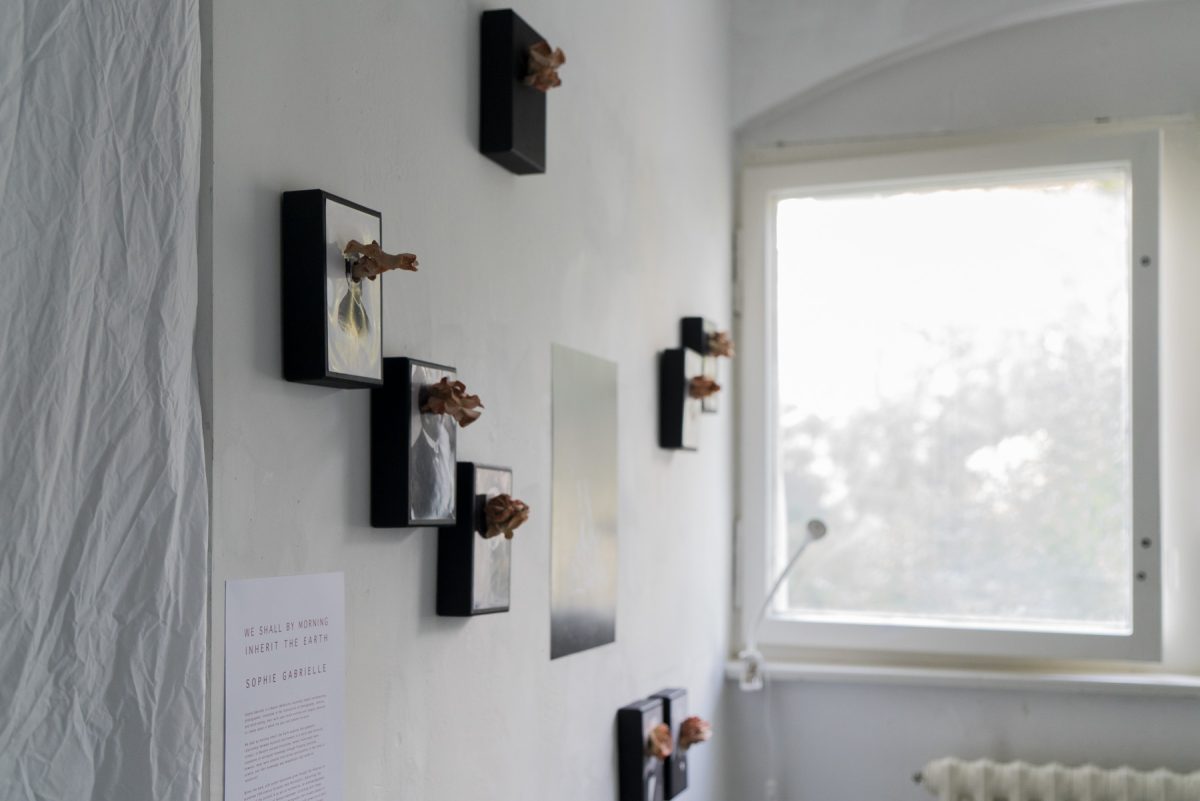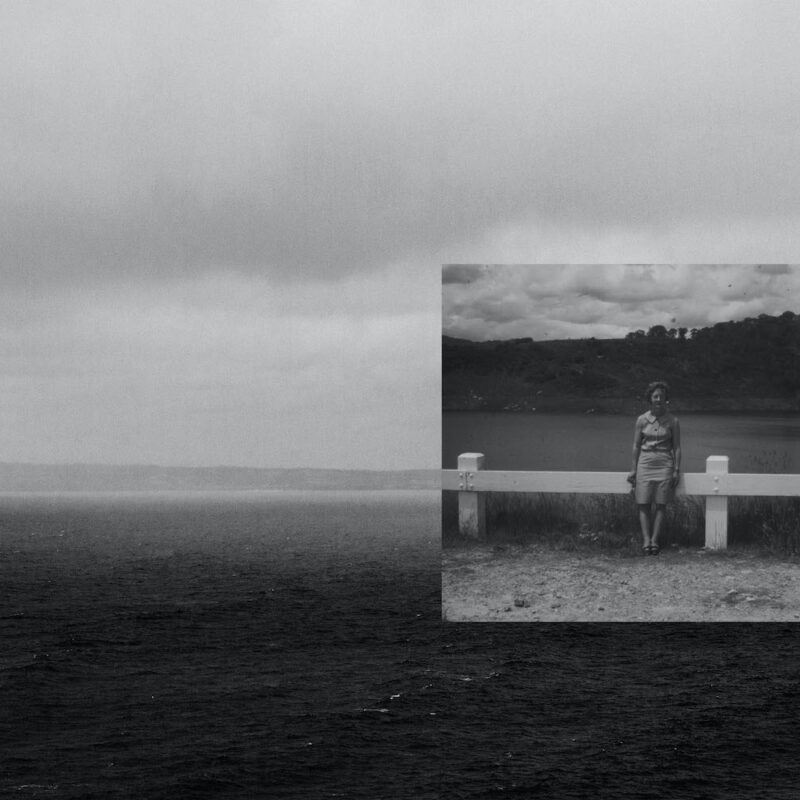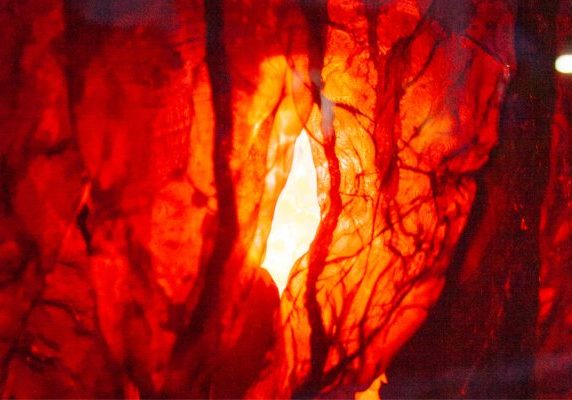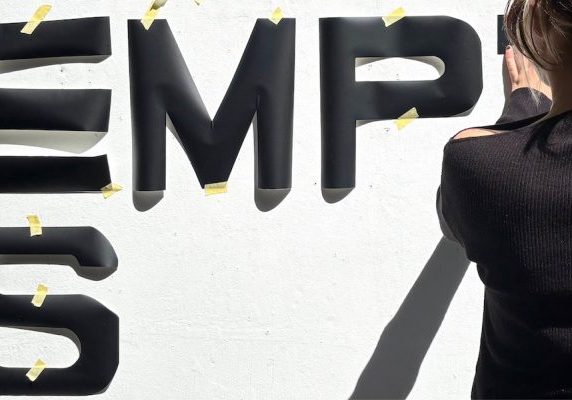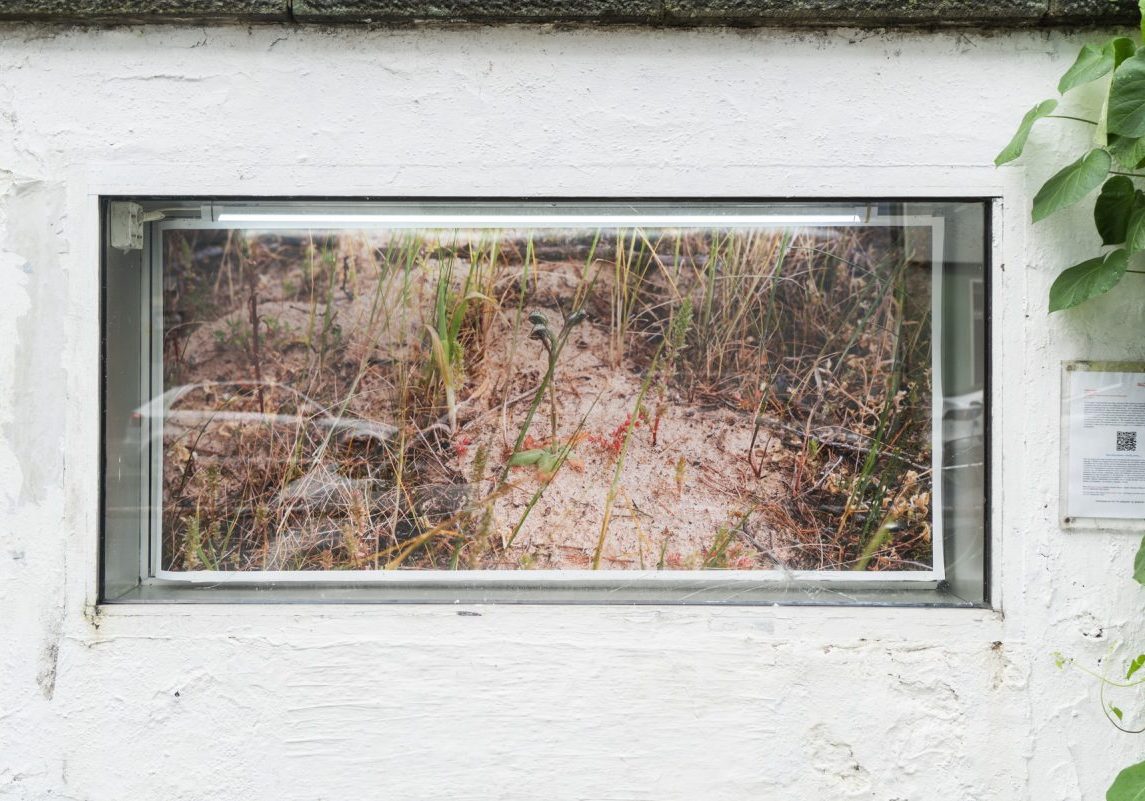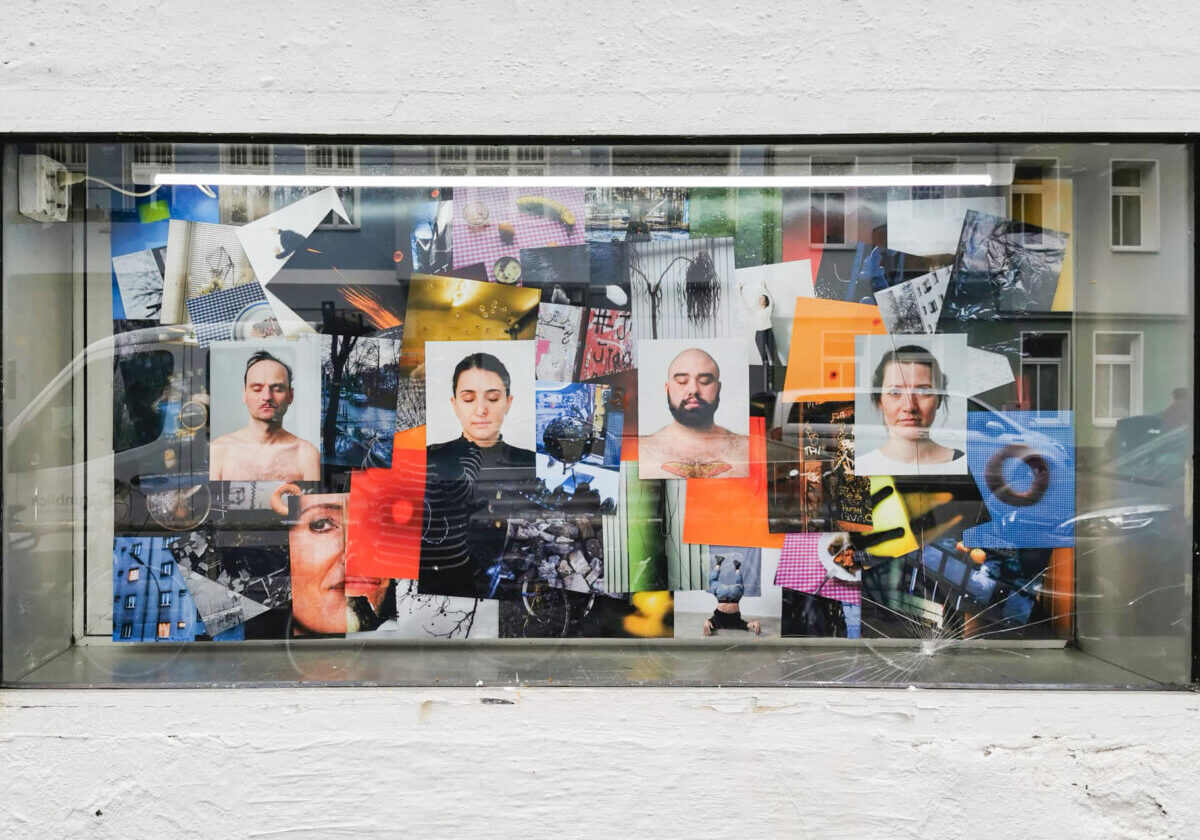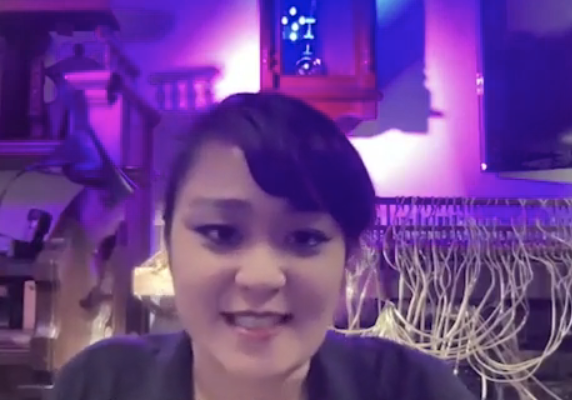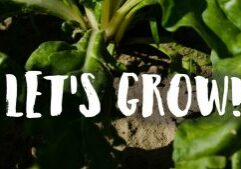Meet the Artist // Sophie Gabrielle
Sophie Gabrielle is a contemporary photographer and curator based in Naarm (Melbourne, Australia). Intrigued by the convergence of photography, memory, and myth-making, Sophie utilizes archives, organic matter, and portraiture to delve into the realm of the unseen. Through their work, they create a space where past and present coexist, fostering a dialogue on personal and historical themes.
How did your artistic journey begin?
Classic question. I think I have always been an artistic kid. I was a musician when I was younger and a dancer but then I really got into visual arts, especially photography. When I was about 14 years old, a friend of mine had bought one of those Lumography fisheye cameras, like the plastic cameras, and I borrowed it from him to the point that I still have that camera. I’ve never returned it. And then I just kept photographing when I was 11 or 12 years old in school. I was making zines, still playing music, but photography was the thing that I just kept doing and then I eventually got hired to work as a club photographer from a friend who was running an indie dance night because I was always taking photos anyway so he said you may as well get paid for it and that’s kind of how it happened and I started getting paid from more jobs doing that in Canberra where I’m from, the ACT, Australian Capital Territory. I was thinking of what to do for university, and so I decided to study photography and move to Melbourne as a pathway to get out of Canberra, because it’s a very tiny city.
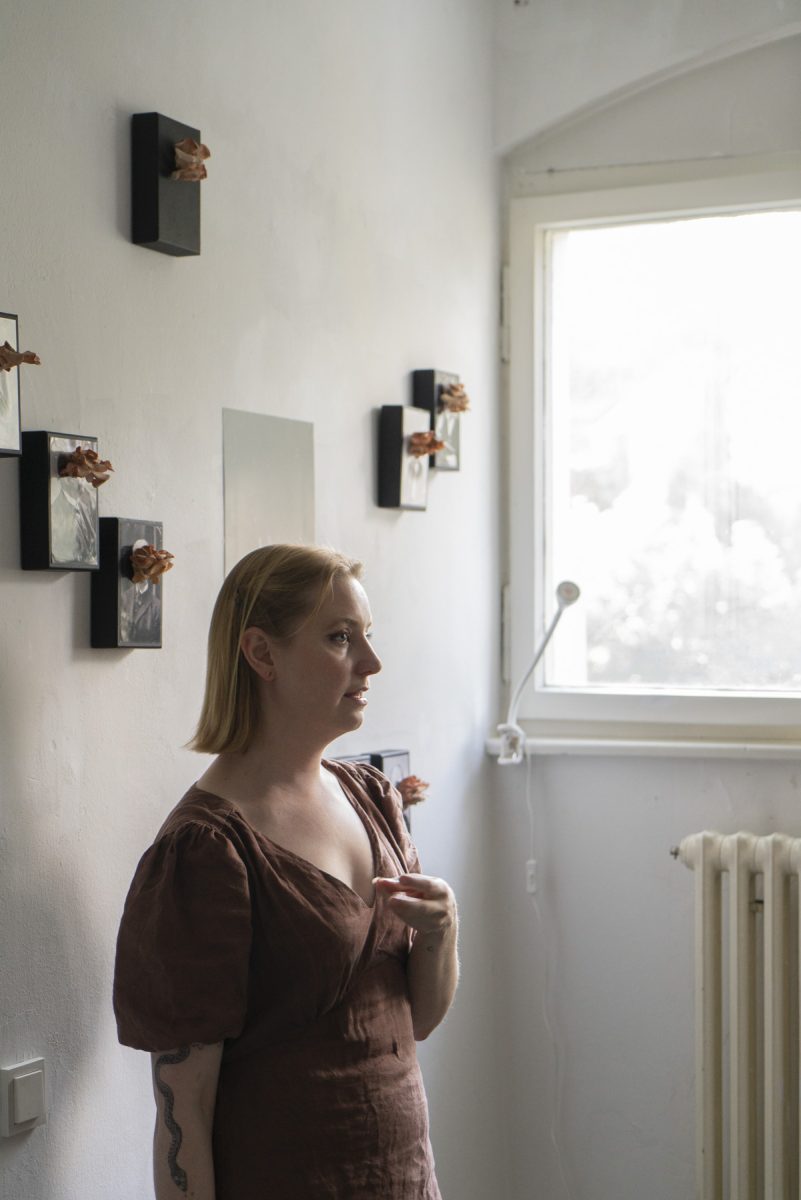
How would you describe your practice as an artist?
For me, I’m definitely a research-based artist. I have a lot of projects always floating around in the back of my mind, but I definitely find a topic and then I base most of my photographs on the research from that topic. Whether that be in mythology or folklore. I really love reading about scientific art, scientific artists and research, because the medium of photography is so interesting. It’s kind of like capturing real life, but it’s completely false at the same time. So when I first really started creating solid bodies of work, I was working with a series on memory and how memory is fallible and it changes but we use photographs as a symbol of what happened and the connections to the past even though the photograph is a highly contextualised and curated event of that moment which is quite fascinating. I think that’s where it comes from. I feel that in my arts practice, I’ve always been a bit of a goth and a bit of an emo, which sort of leads into these darker spaces and I like creating quite poetic yet eerie images. I feel like there’s something between that push and pull of really enjoying what an image looks like, but feeling quite uncomfortable at the same time so I like walking that bridge between the two.
What inspires you to create your art?
I guess I was touching on that subject a little bit, science and folklore. I think inspiration wise I feel like as an artist there is always this need to create. I think that might be like the joy and the curse of the artist, that it doesn’t matter if you finished a project you still need to be creating another one. I don’t think we’re ever truly satisfied in that event, that’s something that I’ve found for myself as an artist, constantly looking for the next thing which is quite good, it means that I’ll forever be working, but I wonder when I’ll be satisfied.
What influenced your decision to come to GlogauAIR
Mine’s quite funny I think. In 2019 I had a show in Frankfurt. I was represented by a gallery called Foam in Amsterdam. They do a Foam talent call. I was the first Australian to be picked. I was meant to move to Amsterdam, or to the Netherlands in 2020, but the world ended. I was here in Berlin for Art Week, literally this time four years ago, and we were walking past GlogauAIR and it was the open studios and we thought that it was a huge party, a huge house party, and we were like what the fuck? So we went inside and realised it was an art gallery and went all out, saw every room and I was super inspired and thought, wow, this is classic, crazy Berlin. And then in 2020, I was on the ARRI, Artists in Residence website, and it popped up as an open call. I thought, perfect, and remembered that I’d been here before. And so that was my initial response. Then I started talking to other people who had lived in Berlin and also other artists in Australia about it and it had a good reputation so I thought it’d be a great way to make work. I’ve done a few other residencies and I think that especially in your daily life, in my daily life, I really struggle to make time for my art. I really enjoy it when I do, but when you’re working and you’ve got other commitments, just like life in general, I feel like these short bursts, like three months of intense working is really good for me, especially to restart my thinking and my practice.
Does the city of Berlin have an influence on your production?
I think so. I think for me, especially living in Narm, Melbourne, Australia, it’s a big city but it’s nothing compared to Berlin. Being an Australian you feel remote, sometimes from everyone, and there is a saying in the art scene that we are a little bit behind on things there. Just like more the art being produced I guess it’s a bit slower there’s not as much, I mean there is an excellent art scene but I think here there’s a lot more to see, there’s also a lot more from emerging artists to established artists and all in between. I think here there’s a lot more things being produced by everyone and anyone, so it feels more obtainable here.
